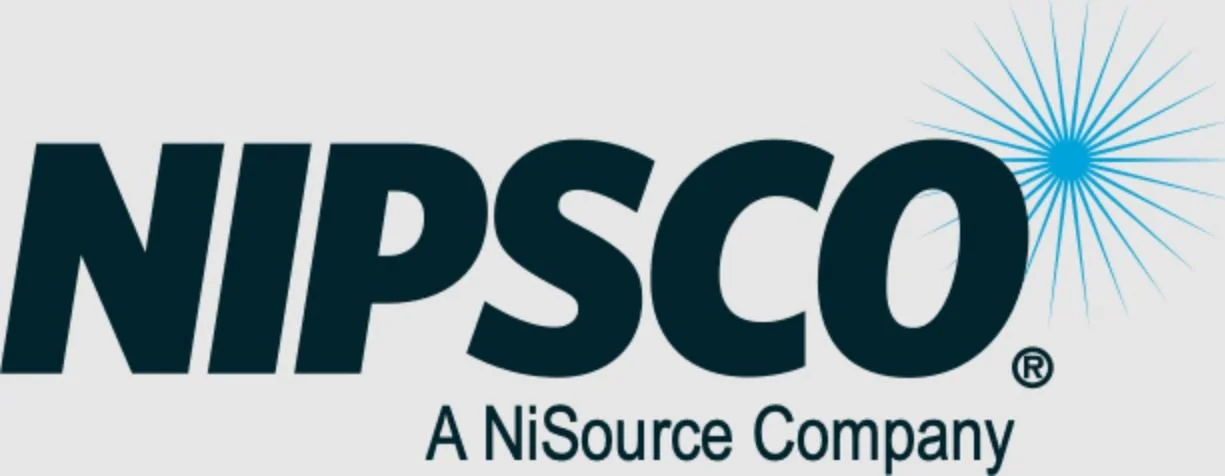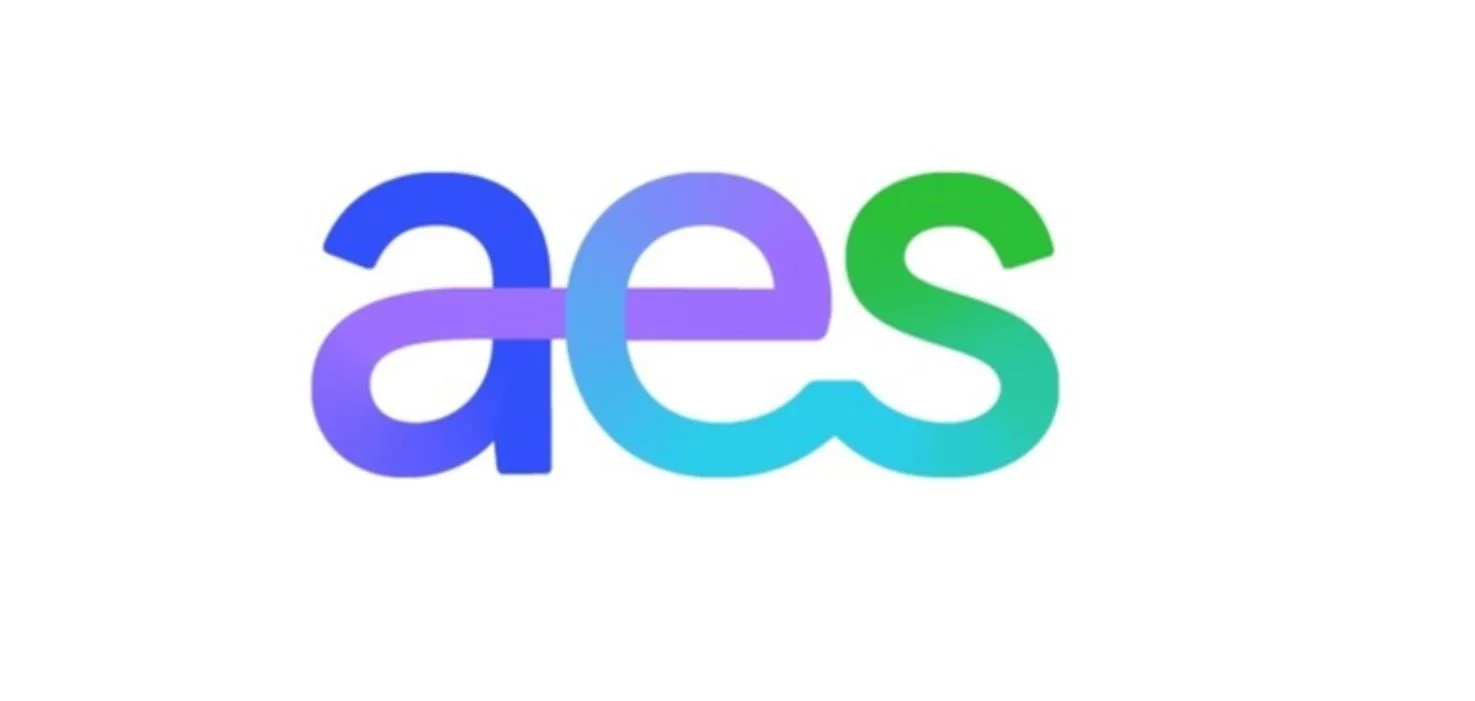Does Indiana Still Have Net Metering?
This articles answers:
What exactly is net metering and how does it work?
Does Indiana still have net metering?
What’s the difference between IOUs and REMCs/co-ops in Indiana?
When did net metering end for investor-owned utilities?
What is the Excess Distributed Generation (EDG) program?
How do EDG credits compare to retail-rate net metering?
What does “instantaneous netting” mean, and how does it impact solar economics?
If I installed solar before July 1, 2022, what rules apply to me?
What happens to my net metering if I sell my home?
Do REMCs and co-ops still offer net metering?
Why do solar payback times vary so much across Indiana?
Can batteries improve the economics under EDG?
Get a summary of your costs and savings:
Top Tips for adding solar in Indiana:
Going Solar in Indiana
Understanding Net Metering in Indiana.
Does Indiana Still Offer Net Metering?
Net metering is a billing mechanism that allows owners of solar photovoltaic (PV) systems to offset their electricity consumption with the electricity they produce. Under a true net metering framework, when your solar array generates more energy than your home or business consumes, the excess flows back onto the utility grid. That exported energy earns a credit at the full retail rate, which can be applied against electricity consumed when the sun isn’t shining.
From a technical standpoint, this arrangement treats the grid as a virtual “battery.” Your utility meter is bi-directional, recording both imports and exports, and the monthly bill reconciles the two. This mechanism maximizes the financial value of every kilowatt-hour (kWh) your PV system produces.
Key Takeaways
Net metering = retail crediting of exported solar generation. Indiana largely ended this for IOU customers after July 1, 2022.
IOUs now operate under EDG rules with lower credits and instantaneous netting.
REMCs and co-ops have independent, varied policies, ranging from near-net-metering to avoided-cost-only crediting.
System payback and long-term economics are highly utility-specific in Indiana.
Indiana’s Utility Landscape: IOUs vs. REMCs and Co-Ops
To understand where Indiana stands today, you need to know that the state’s utilities are divided into two broad categories:
Investor-Owned Utilities (IOUs): These include Indiana Michigan Power, Duke Energy, CenterPoint (formerly Vectren), NIPSCO, and AES Indiana. These entities are regulated by the Indiana Utility Regulatory Commission (IURC).
Rural Electric Membership Corporations (REMCs) and Electric Cooperatives: These are member-owned, locally governed entities. They are not regulated by the IURC in the same way as IOUs and thus are free to establish their own policies on distributed generation (DG) credits.
This separation is critical because Indiana no longer has “true net metering” statewide, but the transition path and current crediting structures depend heavily on which utility territory you are in.
The End of Net Metering for IOUs
For Indiana’s IOUs, the legislature passed Senate Enrolled Act 309 (SEA 309) in 2017.
This law phased out retail-rate net metering and replaced it with a program called Excess Distributed Generation (EDG). Key technical details:
REMCs and Co-Ops: A Patchwork of Policies
Unlike IOUs, Indiana’s REMCs and co-ops are not bound by SEA 309. This creates a patchwork of distributed generation policies:
Some co-ops offer near-retail crediting arrangements similar to legacy net metering.
Others credit excess solar generation at their avoided wholesale cost, which may be as low as 2–4¢/kWh.
Billing methods vary: some use monthly netting, some use instantaneous netting, and others cap system size or limit total DG penetration as a percentage of their load.
From a technical and financial standpoint, this means that a solar project in one REMC territory may have a payback of under 10 years, while an identical project across the county line may push out to 20+ years.
So, Do We Still Have Net Metering?
The short answer: not in the traditional sense.
IOU customers: Retail-rate net metering is no longer available for new systems. If you installed before July 1, 2022, you retain it until 2032. Otherwise, you’re under EDG rules.
REMC/Co-op customers: It depends entirely on your provider’s local policies. Some maintain net metering-like programs, while others credit only at avoided cost.
In practice, “net metering” in Indiana is now a fragmented term. It applies only in limited grandfathered situations or in specific co-op territories that have voluntarily chosen to maintain it.
Find out what incentives you qualify for and what you can save
Other Related Articles










